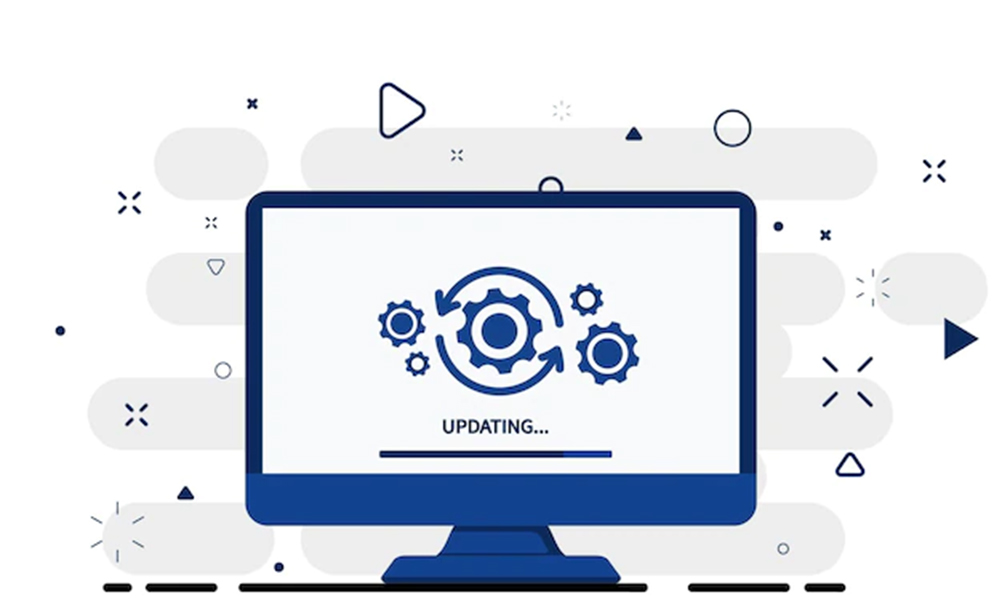

Odoo is a powerful open-source ERP (Enterprise Resource Planning) system that can help businesses streamline their operations and improve efficiency. However, as your business grows, the performance and scalability of your Odoo system may become a concern. Here are some tips to help you optimize the performance and scalability of your Odoo system:
1. Use a powerful server: The performance of your Odoo system is heavily dependent on the server it is running on. It’s important to choose a powerful server that can handle the load of your business. Consider using a dedicated server or a cloud-based hosting service.

2. Optimize your database: The database is a critical component of your Odoo system, and its performance can have a significant impact on the overall performance of your system. Ensure that your database is properly indexed and that you are using the right database engine for your needs. Regularly check and analyze your database to ensure that it is running efficiently.

3. Use a reverse proxy: A reverse proxy can help to improve the performance and scalability of your Odoo system. A reverse proxy can cache and compress content, balance load between servers, and provide SSL termination. Nginx and HAProxy are popular choices for reverse proxies.

4. Use a load balancer: A load balancer can help to distribute the load of your Odoo system across multiple servers, improving performance and scalability. HAProxy and Nginx can also be used as load balancers.

5. Optimize your code: The performance of your Odoo system can also be impacted by the code you write. Ensure that your code is well-written and optimized to minimize the number of database queries and reduce the amount of data that needs to be processed.

6. Monitor your system: Regularly monitoring your Odoo system can help you identify performance bottlenecks and scalability issues. Use tools like Odoo-debug, NewRelic, Prometheus, Grafana to monitor your system.

7. Use caching: Caching can help to improve the performance of your Odoo system by reducing the number of database queries and reducing the amount of data that needs to be processed. Use tools like Varnish, Redis, Memcached to cache your data.

8. Use a Content Delivery Network (CDN): A CDN can help to improve the performance of your Odoo system by caching and delivering content from a location that is closer to your users. This can help to reduce the time it takes for pages to load, improving the user experience.

9. Use a worker system: A worker system such as Celery or RabbitMQ can help to improve the performance of your Odoo system by offloading tasks that are not critical to the user experience. This can help to reduce the load on your main system and improve performance.

10. Keep your Odoo system updated: Keeping your Odoo system updated can help to ensure that you are taking advantage of the latest performance and scalability improvements. Make sure you are running the latest version of Odoo and that you are keeping your addons up to date.

In conclusion, Odoo is a powerful ERP system that can help businesses streamline their operations and improve efficiency. However, as your business grows, the performance and scalability of your Odoo system may become a concern. By following these tips, you can help to optimize the performance and scalability of your Odoo system, ensuring that it can keep up with the demands of your business.
Leave a Reply
You must be logged in to post a comment.